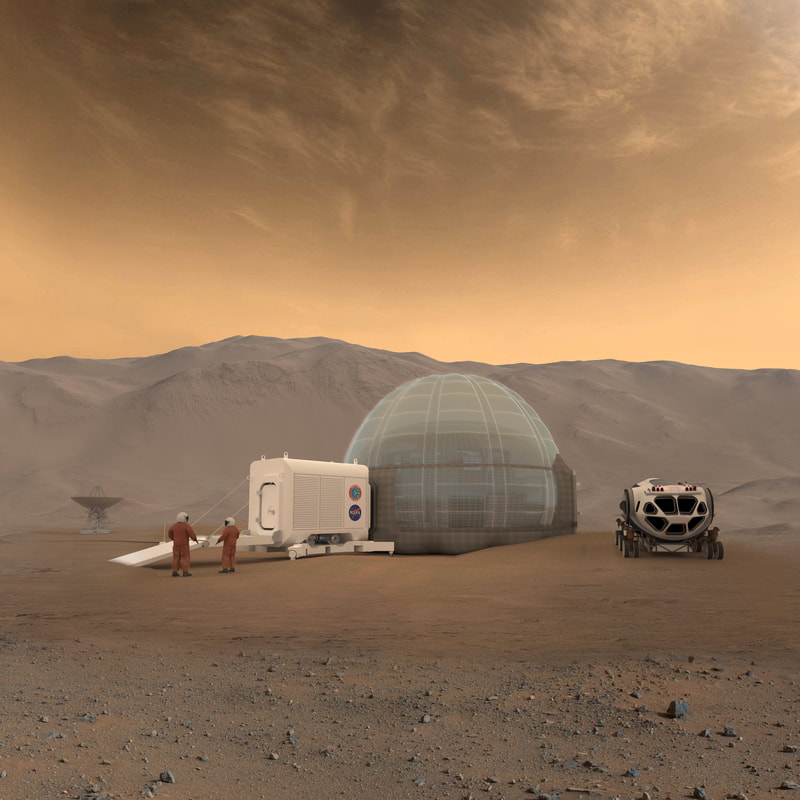Blog |
Discussing current issues in engineering
|
|
A team of geographers in Wales, UK, have recently found a way to insert real landscapes into virtual headsets, allowing people to evaluate land without leaving the office. The $7.74 million program is handled by the Welsh government and the UK Centre for Ecology and Hydrology.
Initially intended to give aspiring young engineers a chance to evaluate landscapes, the project is an effort to introduce sustainable land management. Scientists needed feedback from the public to evaluate the impact of certain landscapes but found that there were few responses from people under the age of 25. To help close the age gap, Professor Ruth Swetnam and Jan Korenko decided to insert mapped landscapes into a gaming system, allowing a virtual reality (VR) experience for survey participants. The two researchers suggest that VR could be an efficient way of involving more young people in similar surveys in the future. Professor Swetnam concluded that monitoring and assessing landscapes is essential “as they are currently swiftly changing due to climate change.” VR could help researchers keep track of the ways landscapes change over time, but if it becomes more widely-available over time, it could potentially be used to make surveying more accessible without requiring a physical site visit. Realistic virtual models could make surveyors’ jobs easier and give them the ability to share survey information with more people. For more information on this developing research, see the full article on geoengineer.org. NASA has recently turned to a team of experts in academia, including civil and structural engineers, to consider the feasibility of space habitats on the moon.
Ramesh Malla, a professor at the University of Connecticut, believes civil engineers will play a key role in designing space habitats because it’s similar to work they’ve been doing “since human civilization began.” Civil engineers are accustomed to addressing the challenges of building structures in various environments, which makes them especially suited to take the lead on these kinds of projects. In the spring of 2019, NASA established new research institutes that plan to test out habitat prototypes, spacecrafts, robotic maintenance, and other aspects of space-life that could come in handy if life outside Earth becomes a reality. A NASA habitat challenge asked contestants to conceptualize and “build” a shelter to replicate what human shelters might look like in space. The winning prototype was 3-D printed and can be constructed by robots using materials indigenous to Mars. Researchers will have to contend with low gravity, harsh conditions, and other factors not usually considered when designing a typical building. Thinking about human habitation on Mars and the moon might seem far-fetched for the near future but conceptualizing these kinds of habitats can actually still be useful. Many versatile designs can be adapted and used on Earth, as can other developments that arise out of this research. For more information about our potential future on the moon, see the full article here on the ASCE website. |
Colman Engineering, PLCA professional engineering firm located in Harrisonburg, VA Archives
January 2022
|



 RSS Feed
RSS Feed
